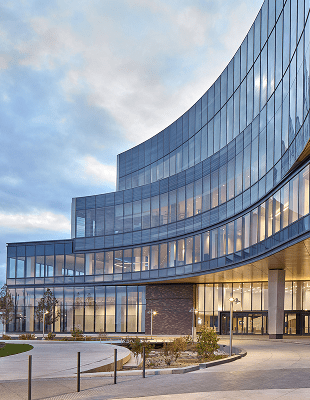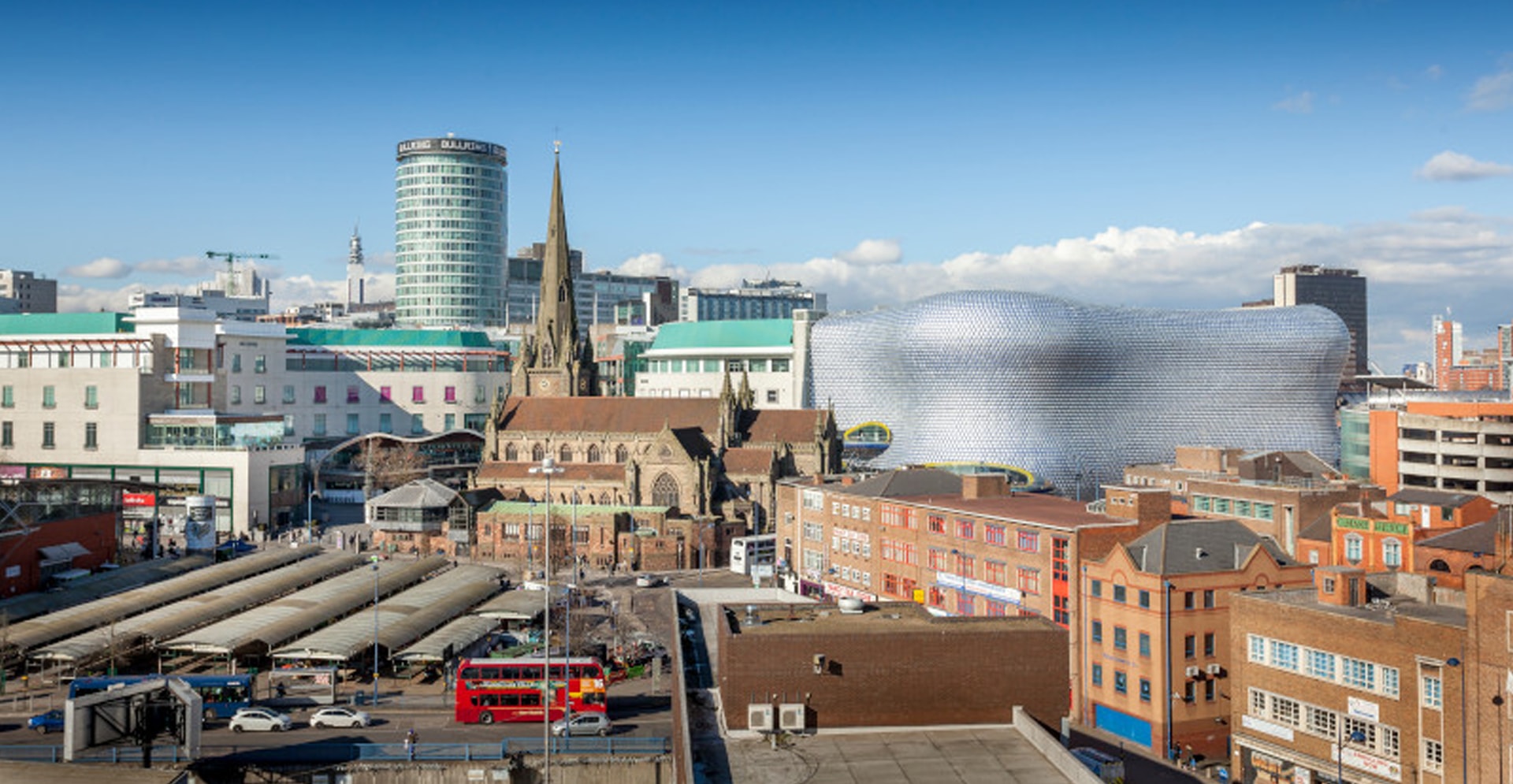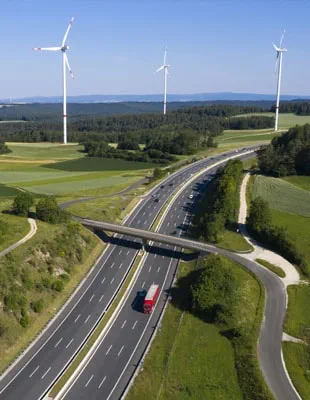Table of Contents
The challenge
For many years, discussions regarding the economic impact of HS2 have relied heavily on anecdotal evidence, individual case studies.
£10 billion
For many years, discussions regarding the economic impact of HS2 have relied heavily on anecdotal evidence, individual case studies, and an emphasis on its transport benefits. However, there has been a lack of consideration for the benefits stemming from driving new investment and regenerating the areas it serves. This approach has not delivered the robust evidence necessary for local partners and investors to support long-term development plans. In contrast, this study takes a different approach, using concrete evidence derived from planning data to showcase the tangible economic impacts brought about by the arrival of HS2 in the West Midlands so far.
The solution
Our study is the first to pull together multi-faceted evidence to demonstrate the economic impacts secured by the region so far.
41,000
Our study is the first to pull together multi-faceted evidence to demonstrate the economic impacts secured by the region so far, with a focus on regeneration, investment and other planned development.
We collated 13 years of planning application data from every local authority within 10 miles of a planned HS2 station. This data was classified and mapped so that differences in the location, volume, value and type of applications registered in the 6.5-year period before Royal Assent (H2 2010-2016) could be compared with those registered in the 6.5-year period after Royal Assent (2017 – H1 2023).
Subsequently, this analysis was used to deliver a tailored Economic Impact Assessment Model aimed at quantifying the economic advantages directly associated with the introduction of HS2 in the West Midlands. The focus of this analysis centred on additionality, specifically calculating the additional economic growth that HS2 has catalysed in the West Midlands since receiving Royal Assent in 2017. Deliberate adjustments were implemented to exclude economic growth that would have occurred independently of HS2, as well as growth that has been redirected from other regions. The economic analysis conducted draws upon established national guidelines, including methodologies employed by the Department for Levelling up, Housing and Communities (DLUHC), Homes England, and the HM Treasury Green Book.

The Impact
For local people, this means one thing – opportunity.
30,835
Since HS2 between London and the West Midlands was approved by Parliament in 2017, there has been a significant increase in regeneration and investment activity close to the West Midlands’ two HS2 stations (Birmingham Curzon Street and Interchange) and planned maintenance depot (Washwood Heath). The number of planned residential units, floorspace being developed and the value of projects in the development pipeline is much higher compared to an equivalent period before HS2 was given the green light in parliament. These increases in regeneration and investment activity far outstrip any rises in planned development outside of HS2’s influence zones.
Our research found that the additional planned development that can be attributed to HS2’s impact will contribute 704,000 SQM of new commercial floorspace, 41,000 new homes and 30,885 new jobs to the region which will deliver an economic uplift of £10 billion over the next ten years.
For local people, this means one thing – opportunity. A young person in Walsall could secure one of the thousands of jobs HS2 attracts to the region, a family from Stechford might move into one of the homes investors are building nearby, a small business owner in Ladywood may choose to set up in one of the new commercial spaces under development.
As the construction of HS2 continues at pace, the message to investors is simple – HS2 is coming, the market is moving, now is the perfect time to join them.
Behind the solution
Not done reading?
This also might be interesting for you
- Related Projects
- Related Insights
- Related Blogs













